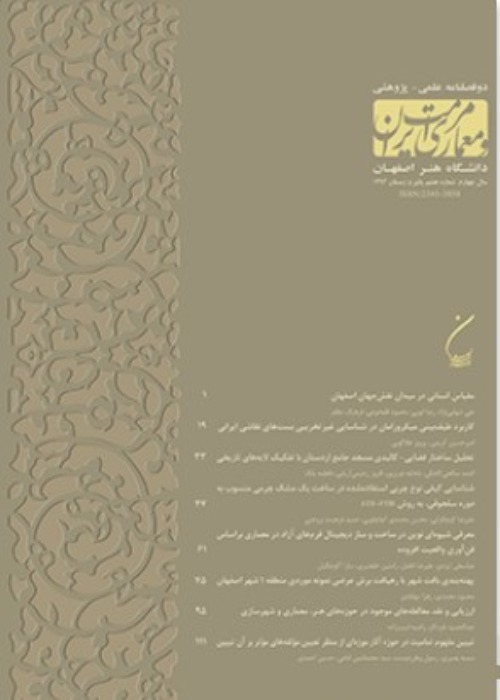Presentation of a theoretical model for the implementation of strategic spatial planning Based on the institutionalism approach in Isfahan
Today, strategic spatial planning is considered worldwide as a way to shape urban growth in response to the inefficiency of traditional planning methods. In Iran, with the preparation of strategic structural plans in the 70s and strategic urban development plans in the 80s, an attempt was made to change the attitude from comprehensive-traditional planning to strategic planning. These plans, however, were theoretically based on strategic spatial planning. But for several reasons including; Lack of knowledge of the factors affecting the application of strategic spatial planning and the lack of an appropriate theoretical model can not be sustainable and effective in the urban planning system of the country. Therefore, the purpose of this study is to identify the factors affecting the application of strategic spatial planning and to create a suitable theoretical model for the application of this type of planning. In the present study, according to the quiddity of the main research question (How is the appropriate theoretical model for the implementation of strategic space planning in Isfahan?) and its philosophical orientation, Qualitative research methods have been used and among them, the Grounded theory method with respect to abstract thinking and theorizing capabilities is selected. Data were collected through review of theoretical literature, research results on the failure of previous experimental efforts in the country and interviews with 7 urban planning experts in Isfahan and analyzed using the comparison method in three stages (open, axial and selective coding) and was analyzed. Data analysis showed that the implementation of the proposed theory of strategic spatial planning has 21 main categories in the form of 6 main categories including: 1. open access order, 2. outputs, 3. strategic spatial planning methods, 4. content and Background, 5. Institutional capacity and participation. Accordingly, the fulfilment of strategic spatial planning depends on institutional capacity building to create open access conditions by determining strategies and paying attention to the institutional context and environment of planning. Consequences of using spatial strategic planning in the form of five main categories including: social programs, documents, programs, urban management. . To be. Acceptance and reduction of transaction costs occur. The results of the research show; Legal structures, institutional capacity building and institutional arrangements, especially open access orders, have a decisive effect on the implementation of strategic spatial planning in the city of Isfahan.
- حق عضویت دریافتی صرف حمایت از نشریات عضو و نگهداری، تکمیل و توسعه مگیران میشود.
- پرداخت حق اشتراک و دانلود مقالات اجازه بازنشر آن در سایر رسانههای چاپی و دیجیتال را به کاربر نمیدهد.


